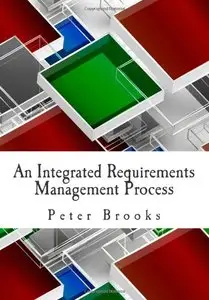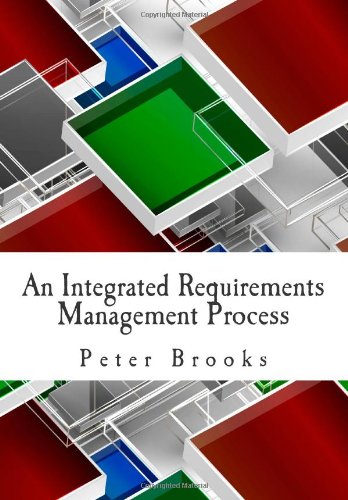An Integrated Requirements Management Process: Governing cost & risk in business analysis by Peter Brooks
English | 2013 | ISBN: 1490489169 | 138 pages | EPUB | 2 MB
English | 2013 | ISBN: 1490489169 | 138 pages | EPUB | 2 MB
This book is intended for business analysts and service management professionals who seek to provide good governance. It provides guidance on incorporating best practice advice for the gathering and analysis of requirements, and the subsequent design and delivery of solutions, under one Integrated Requirements Process (IRP) reducing cost and risk to the organisation, while improving the delivery of business value according to good governance.
It advocates the use of a centralised, corporate-wide IRP register (IRPR) based on a repository of all requirements, treated as corporate assets and part of the service knowledge management system (SKMS) used by IT service management (ITSM).
If business analysis is to succeed, it is vital that, ultimately, every part of a service can be traced to a business requirement, albeit that the route may be indirect, and that both process and service insight are applied to business analysis to enable genuine alignment of applications to services and thus to both service management and business processes. At present, few business analysts are aware of, or work with, the IT service management processes.
Requirements, and the process of refining them to produce good solutions, have been considered many times in the past. Practitioners of software engineering, project management, enterprise architecture, business analysis, IT governance and audit and IT service management, amongst others, have produced recommendations for the management of requirements from their perspectives.
This has led to a plethora of similar, but often conflicting, approaches to requirements, with no mutual understanding or coordination of approach. It is important to remove confusion between the various relevant guidelines, frameworks and standards.



